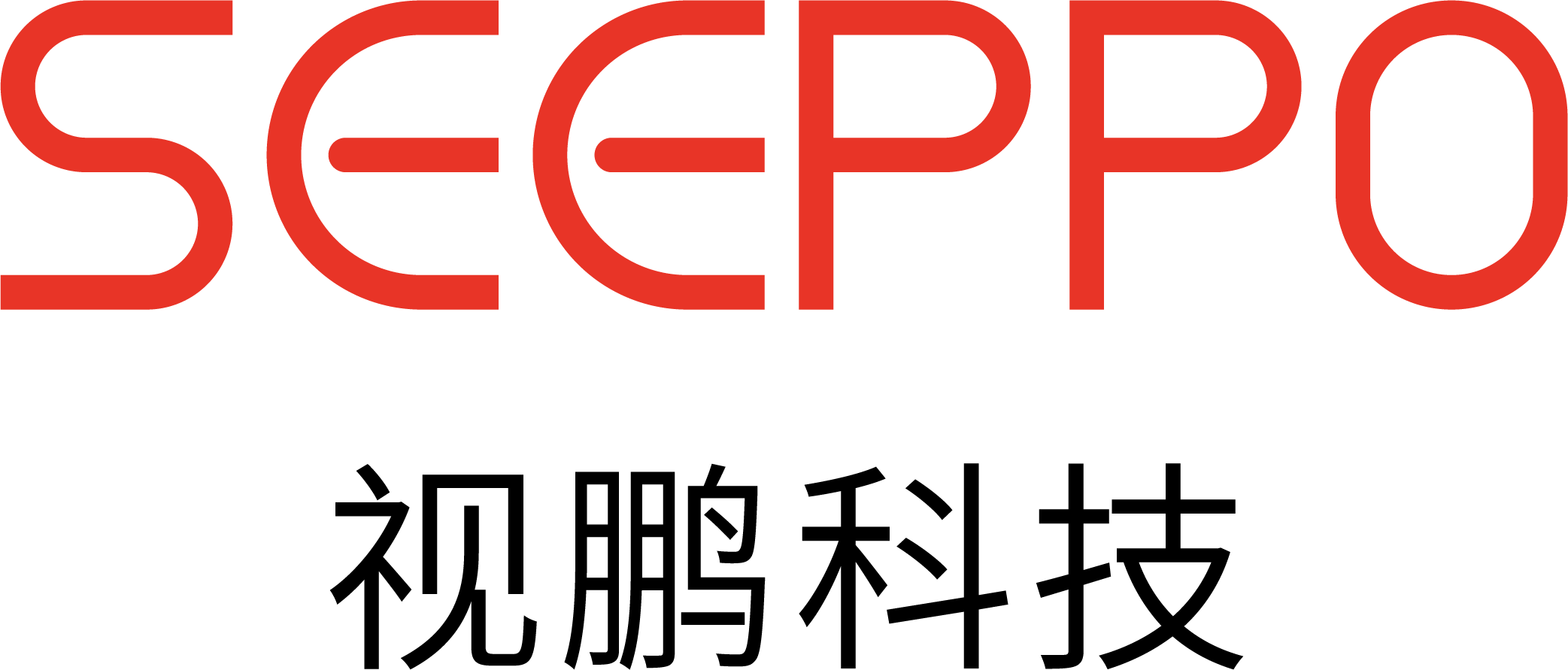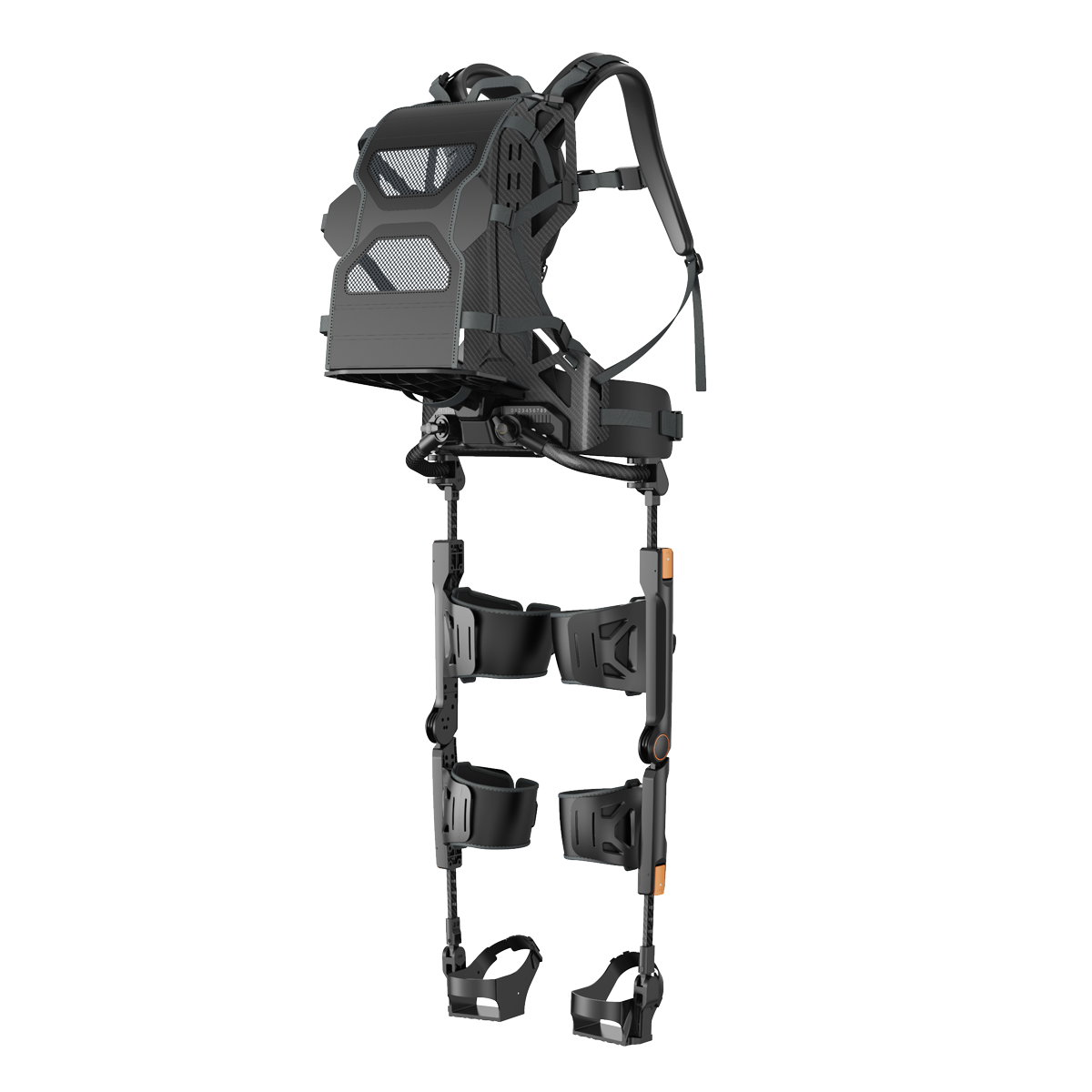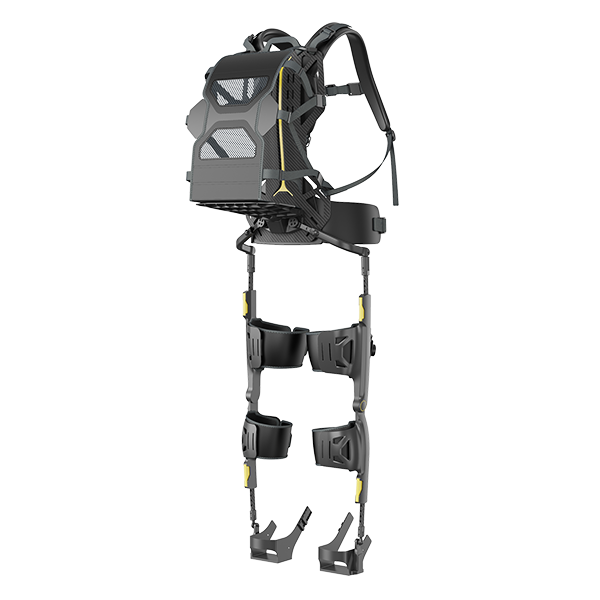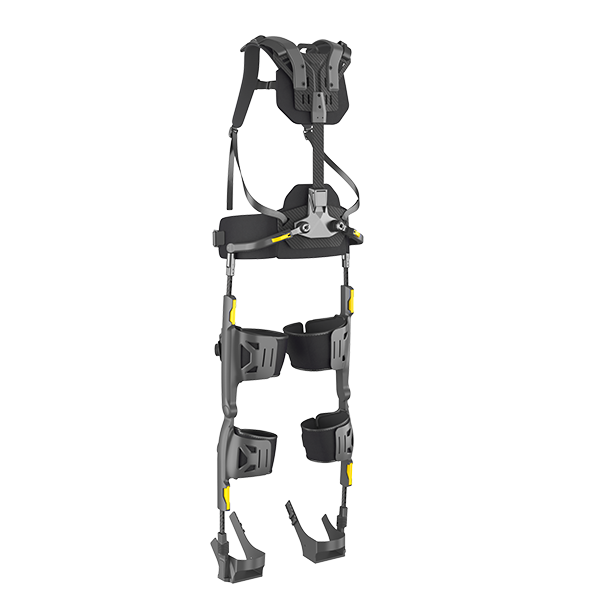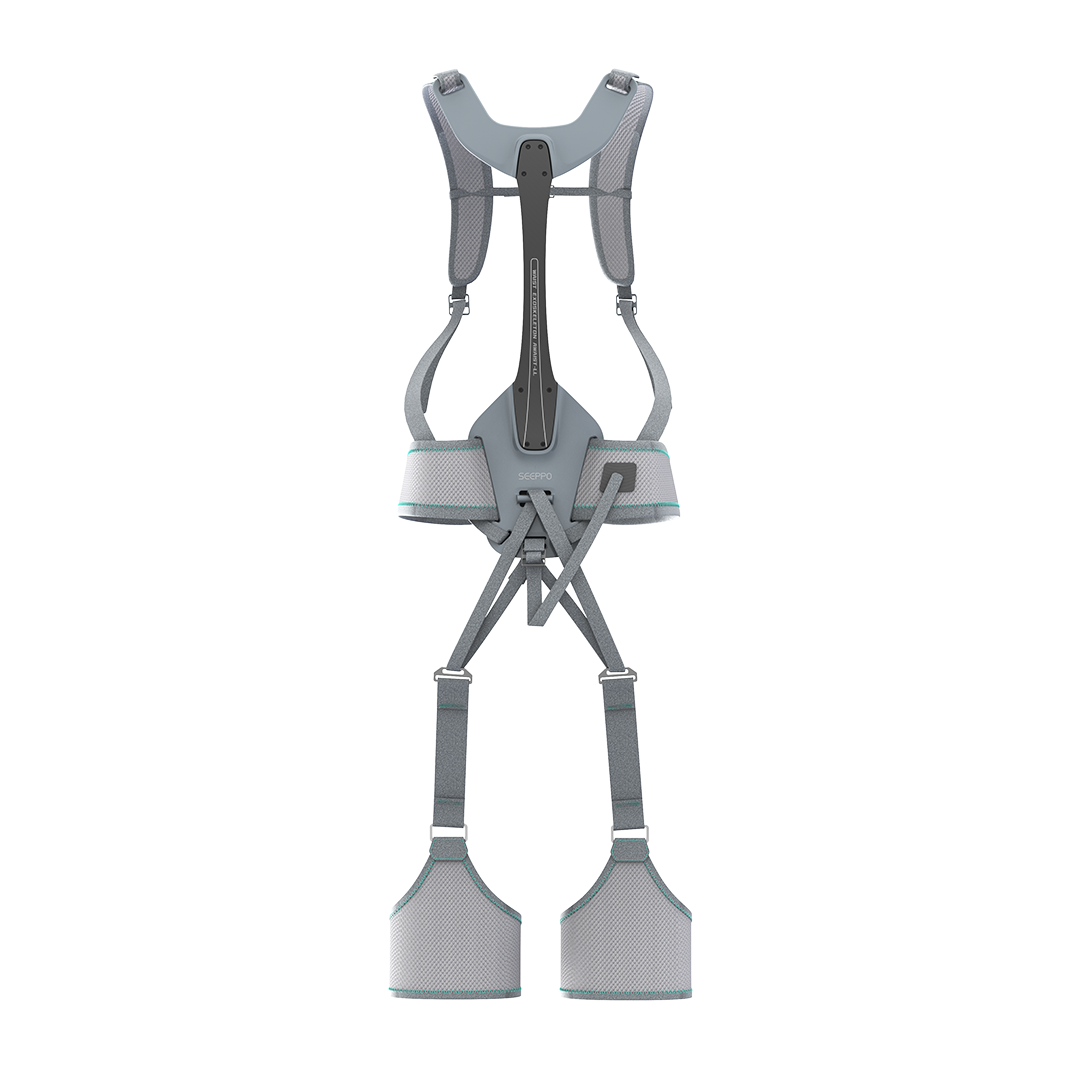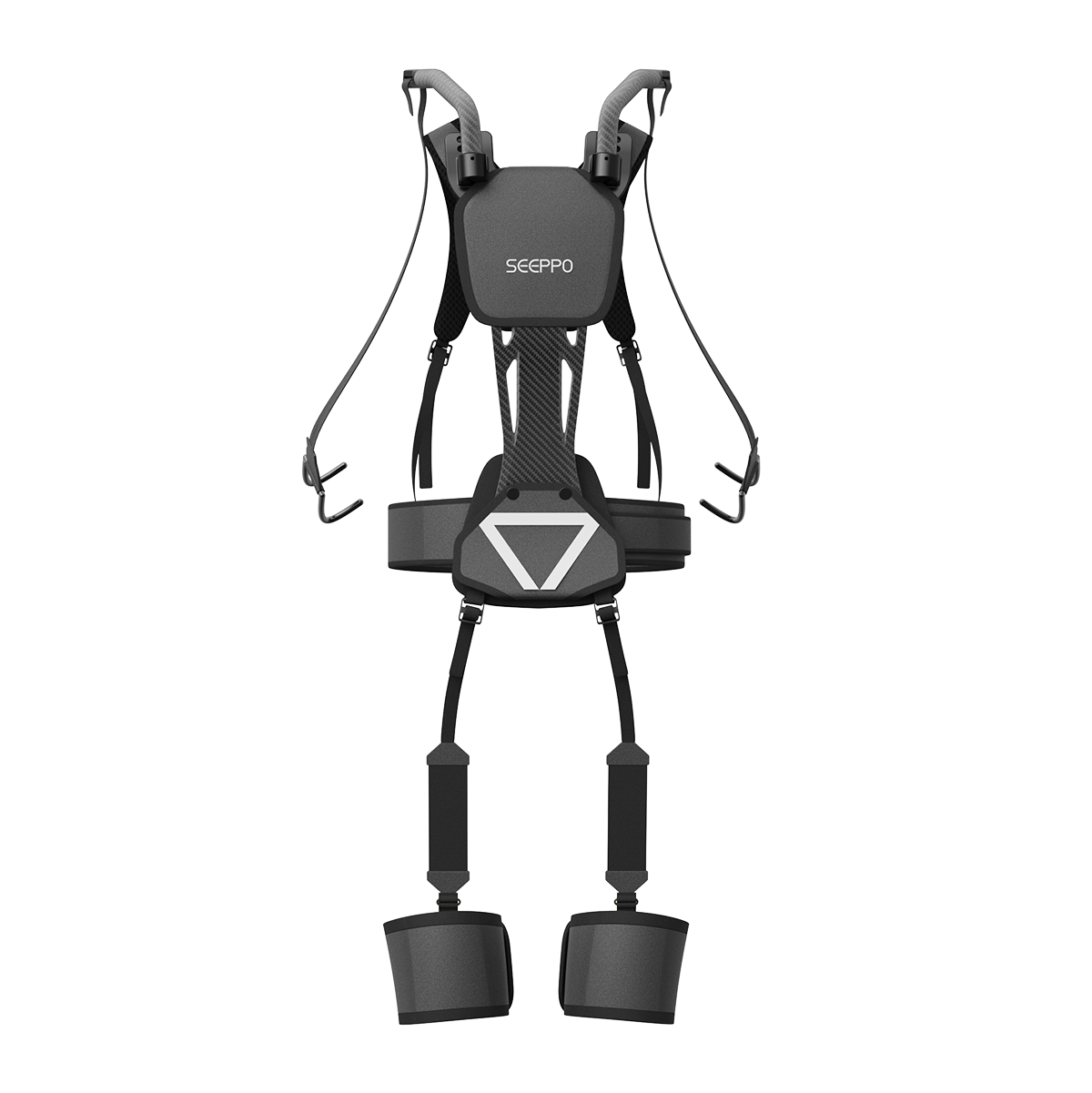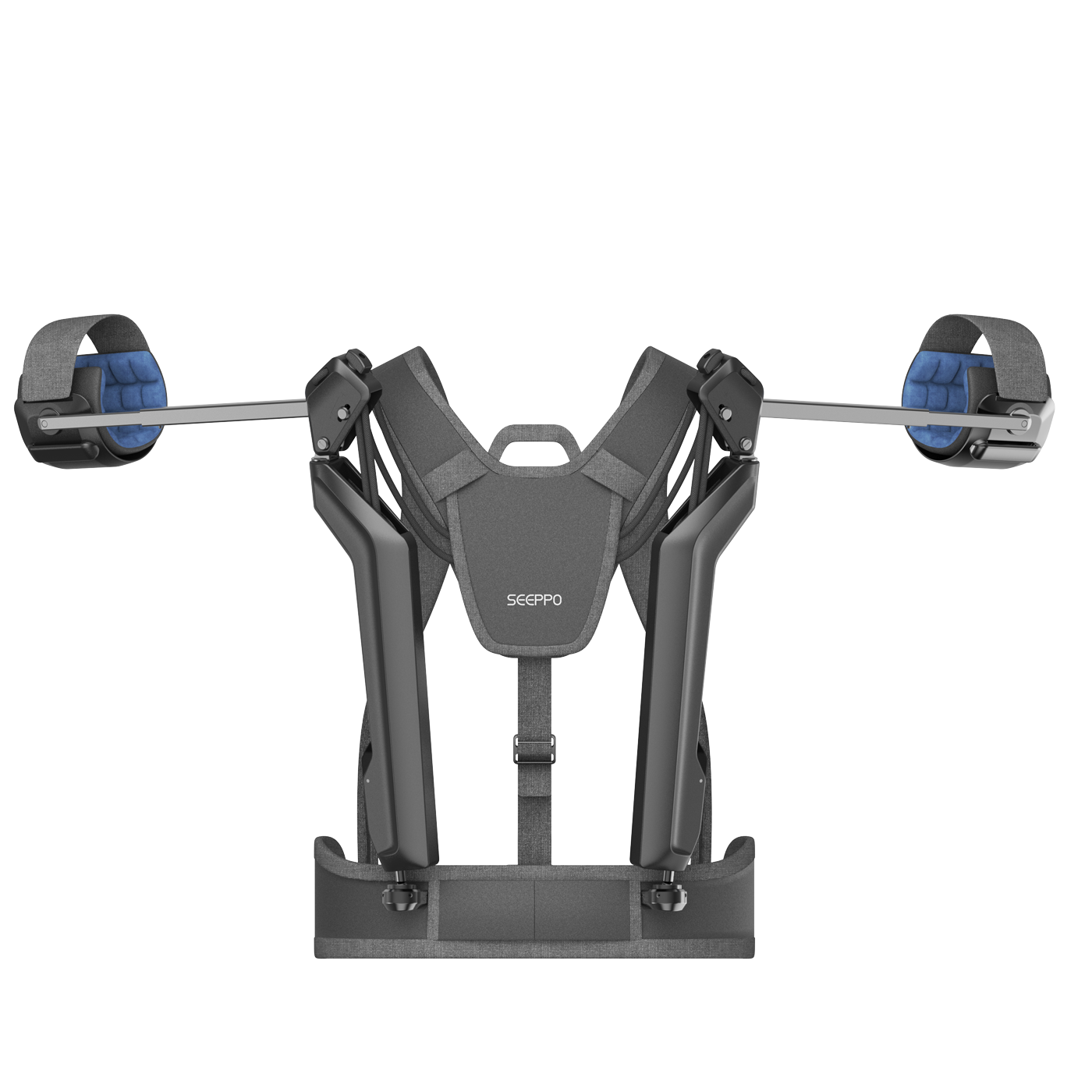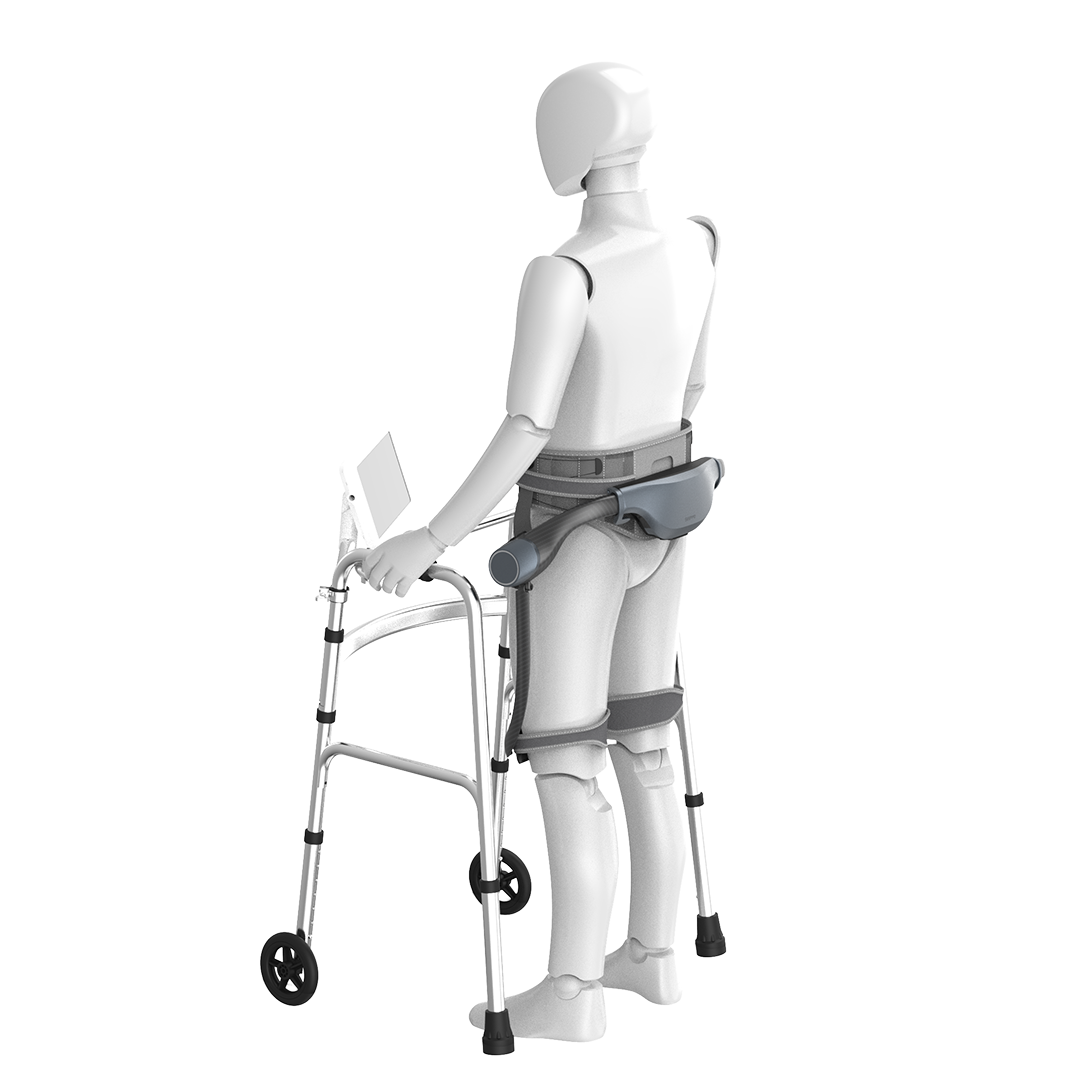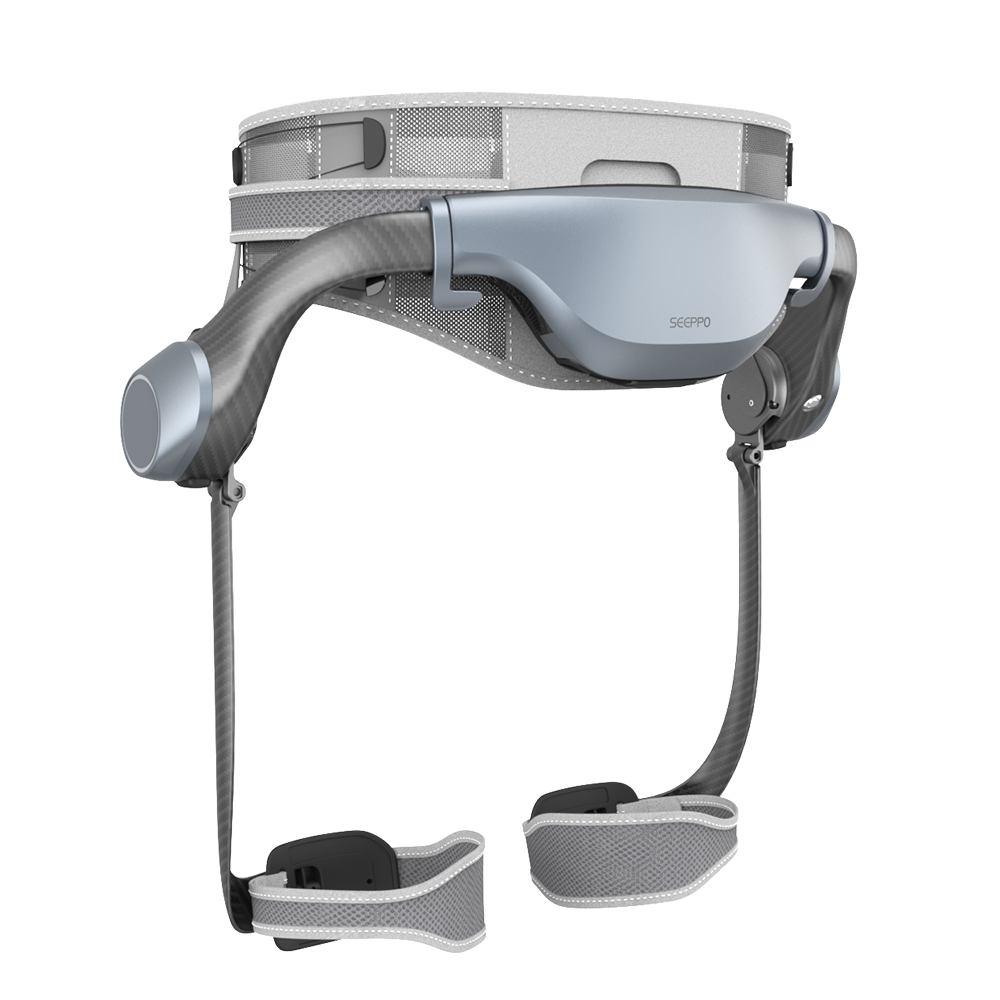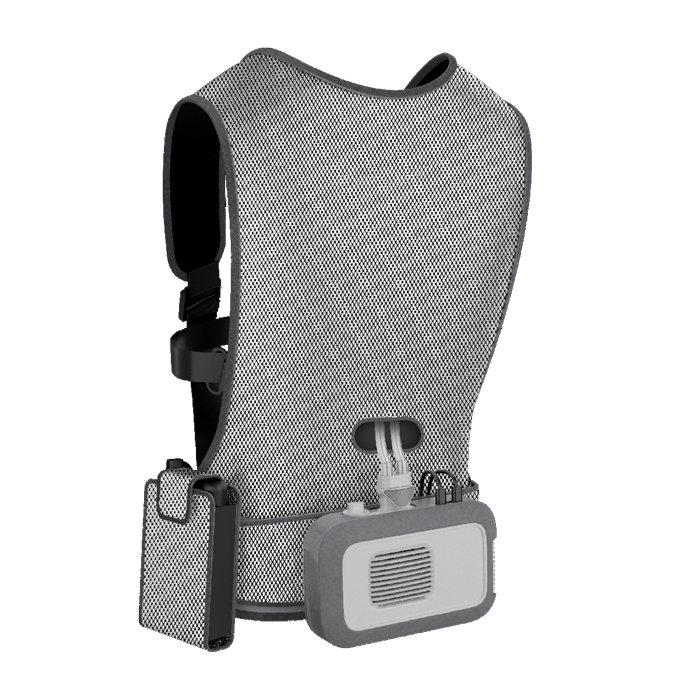Flood relief tool: Exoskeletons help save people in fire and water
Floods in North China and other places have caused serious casualties and property losses. Rescue workers and firefighters were quickly engaged in emergency rescue work, carrying out tasks such as personnel transfer and material transportation. However, they carry heavy equipment and supplies, face extreme environmental conditions, and have a huge physical load, which poses challenges to their physical condition and rescue efficiency.
1. Flood situation
Floods in North China and other places have brought great difficulties and challenges to rescue work. In floods, rescue workers and firefighters have to deal with complex and dangerous situations, such as submerged buildings, mudslides and landslides. They need to carry out search and rescue work in these dangerous environments, taking on difficult tasks such as climbing steep hills and crossing muddy terrain, which puts a huge load on them.
In addition, the rescue effort also needs a large number of supplies, such as lifeboats, medical equipment, food and water. However, these supplies are usually heavy and require rescuers to bear a large physical load, which can easily lead to fatigue and injury.
In many cases, rescue workers also need to carry the injured, which not only causes great pressure on the body of rescue workers, but also increases the complexity and risk of rescue operations.
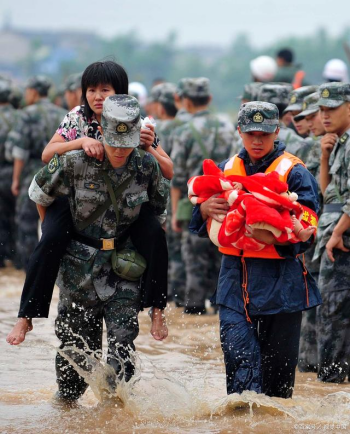
Second, the application of piggyback exoskeleton equipment in disaster relief:
In the above rescue scenario, the exoskeleton can solve the loading problem to a large extent. Exoskeleton is a mechanical device that can be worn on the outside of the human body and uses external energy or energy storage through mechanical devices to assist load bearing and power. After wearing the exoskeleton, there is no interference in human movement, and it can coordinate well with the human body. The wearer can use the auxiliary external force of the exoskeleton to enhance human function and load-bearing capacity. Because it is close to the body, it breaks through the restrictions of traditional vehicles affected by terrain conditions, can improve the comprehensive combat ability of individual soldiers on the battlefield, and can improve the handling ability of personnel and materials in disaster relief.
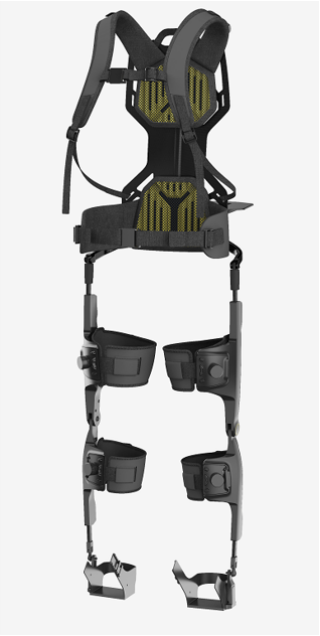
3. Advantages of exoskeleton equipment
Equipment-borne exoskeleton devices from Openg Technology provide an effective solution for rescue workers. The passive design of the equipment, light weight, good flexibility, can reduce the load of rescue workers, improve work efficiency and safety. Through the mechanical structure, the exoskeleton device distributes the load onto the mechanical structure, reducing the load of rescuers carrying heavy objects and enabling them to carry out rescue work more easily.
Xepeng's equipment-borne exoskeleton has multiple advantages in flood relief. First, it is able to significantly reduce the load of rescue workers, enabling them to carry heavy loads for long periods of time without fatigue. The device is able to distribute weight throughout the body, reducing the burden on rescuers' muscles. When faced with flooded debris, muddy terrain or other complex environments, rescue workers can more easily traverse and carry out their tasks.
Second, the equipment is light in weight, does not add too much additional burden, and at the same time has good flexibility to adapt to complex rescue environments, providing better mobility and freedom. Equipment-borne exoskeletons are made of high-strength materials, ensuring that they are lightweight and do not add too much burden to rescue workers.
At the same time, it also has a flexible joint design and adjustable support system, which can adapt to different body types and movement needs, providing better mobility and freedom for rescue workers. Whether climbing a steep hill, traversing a narrow passageway, or conducting a rescue operation in a tight space, the device-borne exoskeleton allows rescuers to move more freely.

The piggyback exoskeleton has shown great potential in flood disaster relief. By reducing the load on rescue workers and improving work efficiency and safety, the device brings new hope and possibilities to rescue efforts. With the continuous advancement of technology, exoskeleton devices will further enhance their performance and functions to provide better support and protection for rescue workers. At the same time, it is also expected to play an important role in other areas, such as logistics and transportation. In the future, we expect this technology to continue to evolve to provide better protection for the work of rescue workers.
Finally, may the mountains and rivers be safe and the world be safe.
